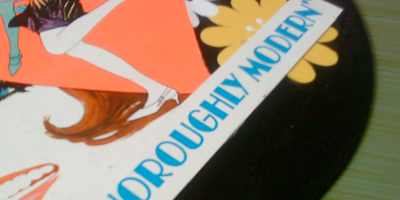
Let’s define what is meant by the term the modern vinyl record.
It has a relatively long playing time and does so while reproducing sound in what is called high fidelity.
High fidelity, or Hi-Fi for short, simply means that the device is capable of reproducing sound accurately throughout the full hearing range of the human ear, and does so realistically, i.e., without introducing significant quantities of noise or distortion.
That is not to say that every record meets this definition.
As an example, a recording from the 1920s when transcribed and played back on a modern vinyl record is not going to exhibit high fidelity characteristics. It remains limited by the original recording’s characteristics and cannot be improved upon just because the media is capable of high quality. And not all records were manufactured with the same quality. In fact there were some pretty cheaply made records that do not provide good sound reproduction. And there will always be poorly engineered and/or mastered recordings.
For our purposes of describing the Classic Vinyl Listening Experience we are referring to records that provide high fidelity sound quality. For their first 25 years, vinyl records were made from a high quality raw material, but this changed in 1974 with the oil shortage (vinyl is an oil bi-product).
Vinyl records produced during and after the oil embargo were not necessarily of the same quality as before that time, because manufacturers searched for replacement materials and filler to stretch what vinyl they could acquire. And a few years later, it is likely that record quality was purposely sabotaged with the advent of the compact disc (CD), as the record companies wanted consumers to switch to the “superior” sound of CDs because of the reduced costs (increased profits) associated with making CDs.
Thankfully, the vinyl records produced in recent years are of good quality once again.
 Sign Up For Our Newsletter
Sign Up For Our Newsletter




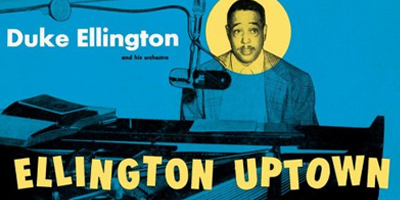





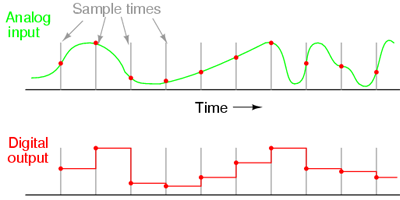
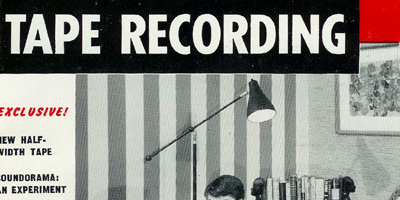

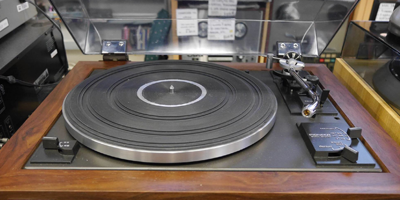

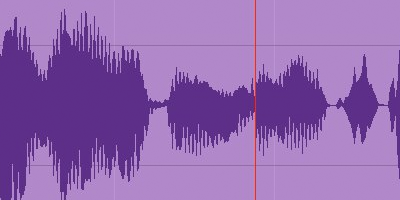
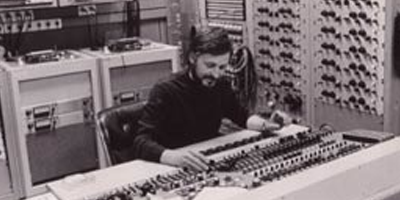
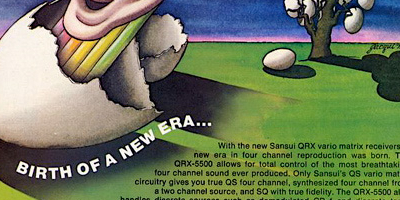
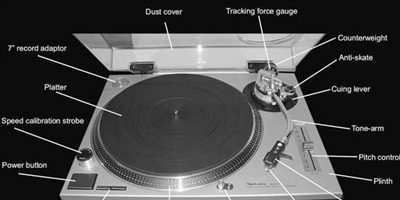
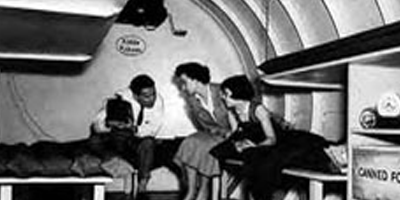
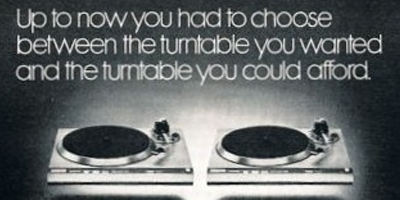
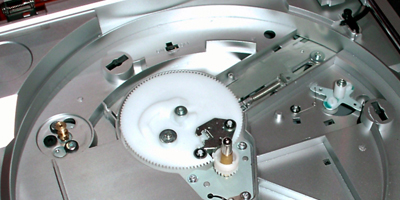
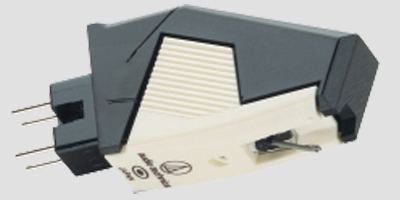
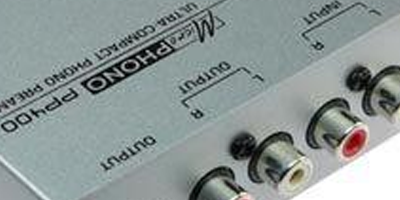
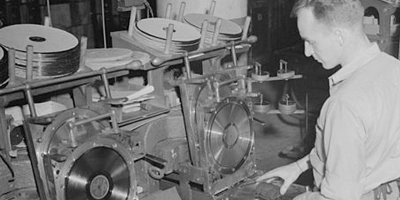
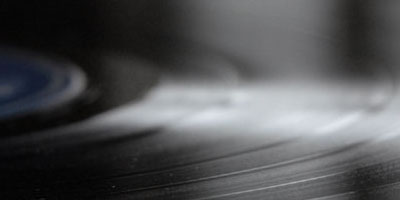
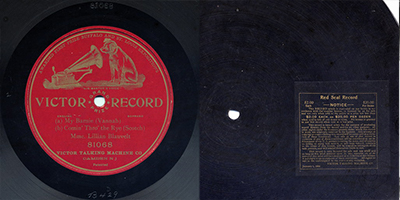
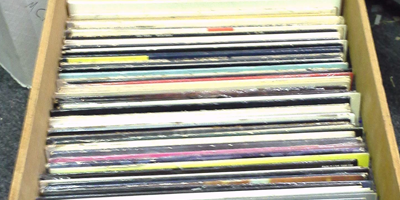
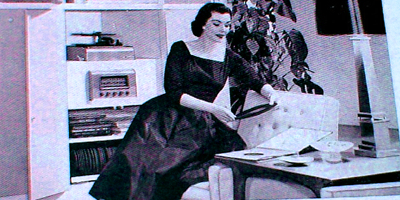

I admire the useful information you offer inside your content. I will bookmark your blog and also have my children check up here typically. I am very sure theyll learn a lot of new stuff here than anybody else!
Great read. Sometimes as a fan of music it’s easy to forget that their is an overriding business principal that may adversely affect the fans, i.e. reduced quality in CDs and the forceful move to an inferior product to increase the bottom line.
Some questions come to mind:
Why can’t a CD reproduce the sound of vinyl?
Considering that the main difference is analog vs digital, I would think that audio engineers could somehow overcome this rather apparent obstacle with some sort of science. The size of the media is one seemingly obvious reason; the max a CD will hold is 80 minutes of audio.
Can we not sacrifice size for quality?
Is CD audio already compressed?
Is it an inherent limitation with the medium that it is just not possible to reproduce/mimic analog sound waves?
In calculus you can smooth out the hard edges of step functions by increasing the number of steps (i think). It seems most people don’t seem to care if their music is compressed, so maybe it’s not worth the time.